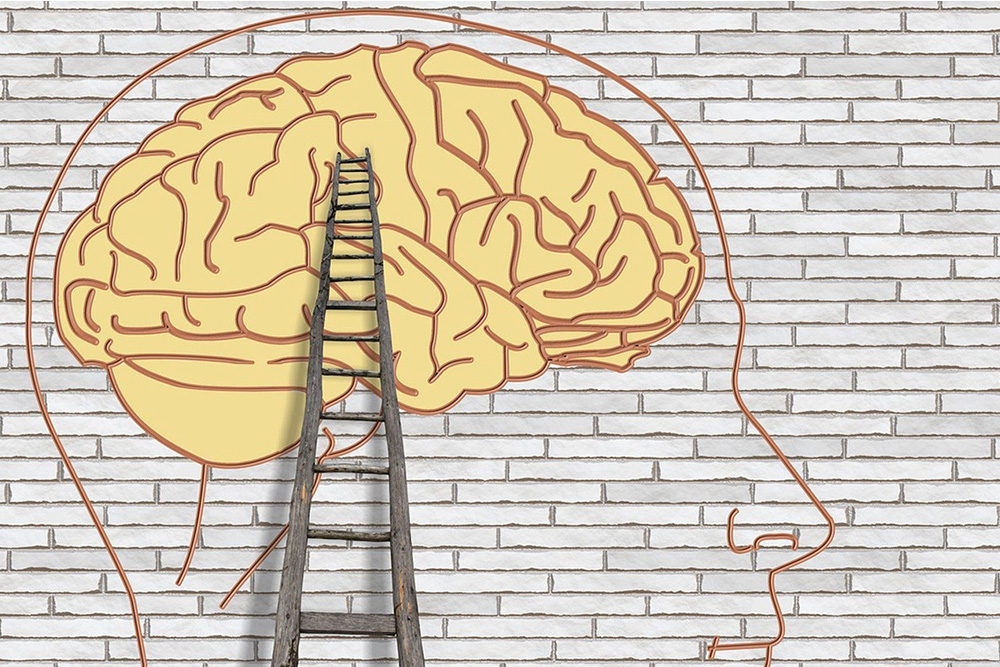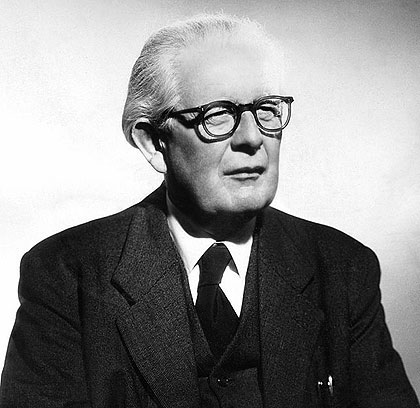Jean Piaget’s 4 Stages of Cognitive Development Explained
Published on May 22nd, 2019
Updated on January 3rd, 2024

Jean Piaget was a psychologist who focused on child development. Piaget is arguably most well-known for his theory of cognitive development. Other theories of his time placed importance on environment or biology. Piaget believed that development depended primarily on cognitive function.
Piaget’s theory is based on the idea that development comes from challenging what the child previously “knew” about the world. As the child challenges what they learn in each stage, they are able to advance to the next stage. In each stage, the child learns skills for advanced thinking and reasoning.
Piaget’s proposed stages of development
Stage 1: Sensorimotor stage. (Birth – 2 years)
During the sensorimotor stage, babies up to 2 years old learn through their senses. During this stage, they develop motor function. They learn about their environment and who belongs in it. They also learn how to solve problems through trial and error.
Sponsored by

Choose a therapist to work with and start healing with 20% off from BetterHelp.
Click HereOne of the primary lessons learned in the sensorimotor stage is object permanence. Object permanence is the concept that things do not vanish from existence if they are no longer in plain sight.
Stage 2: Preoperational stage. (2 – 7 years)
During ages 2-7, children learn through symbolic learning. Symbolic learning is stimulated through language development and imitative or imaginative play. A child may give human characteristics to inanimate objects.
During the preoperational stage, the child has egocentric thinking. This means that they lack the ability to see outside of their own perspective without being prompted by reward. The child also tends to not be able to understand that situations, actions or issues can be altered or reversed.
Stage 3: Concrete operational stage (7 – 11 years)
By the concrete operational stage, a child has begun to develop logic and concrete reasoning skills. Children in the concrete operational stage are able to quantify and organize. Their egocentric thinking diminishes. They are able to understand the perspective of another person.
Children in the concrete stage are able to understand and relate to relational terms. Relational terms, like time, size, space and distance, are more easily understood and conceptualized in this stage.
Stage 4: Formal operational stage (11 years and older)
The formal operational stage is the final stage of Piaget’s theory of development. In this stage, a child develops the ability to utilize abstract thinking. They are able to consider different perspectives, opinions and concepts to draw conclusions.
Children in the formal operational stage are able to use abstract thought. They use abstract thought to solve problems. In the formal operational stage, a child’s skills are fine-tuned. This make the following forms of thought easy to use for drawing conclusions and solving problems:
- Deductive logic
- Hypothetical situations
- Problem-solving through organization of information
- Drawing conclusions from information, thoughts and opinions
- The ability to create informed opinions
The formal operational stage of development is powerful. It is the stage in which a child or adolescent develops the skill of metacognition. Metacognition is the ability to think about and reflect on your own thoughts.
The skills learned in this stage will be carried into adulthood. Not everyone will successfully reach the formal stage of development.
Adaption: Moving through the Stages of Cognitive Development
In Piaget’s theory, there are four critical concepts of adaption that help to explain how each child is able to advance through the four stages.

A child must know how to incorporate new information into their pre-existing knowledge base. Adaption is needed for a child to advance through the four stages.
Adaption includes the following four concepts:
1. Equilibration
Equilibration is the term used when a person faces a challenge to their previous understanding of a schema. The challenge that occurs is referred to as disequilibrium. To make sense of new information, a person uses assimilation and accommodation to regain equilibration.
2. Schema
Schemas are categories of knowledge that a child gains with experience. Schemas change as the child grows and develops new understandings of concepts. For example, a child may only understand a ‘dog’ to be a large white fluffy animal with four legs and a bellowing bark. When the child is exposed to a smaller brown dog with a more high-pitched bark and shorter fur, their schema will grow to include the new observations and information about the concept of ‘dog’.
3. Assimilation
Assimilation refers to the act of interpreting new information based on pre-existing information. Adding new thoughts to a pre-existing concept is the act of assimilating information to a schema. Using the example above, a person will develop the understanding that all types of dogs are ‘dogs’.
4. Accommodation
Accommodation refers to reorganizing categories of information so new information can be added to pre-existing information. When a child learns that there are different breeds of dog, they learn about what qualities make breeds different. A poodle will have curly short fur and comes in different sizes and colors. A Rottweiler will be big and muscular, and have short black fur.
Sponsored by

Find an affordable therapist online with 20% off from BetterHelp.
Click Here






Leave A Reply